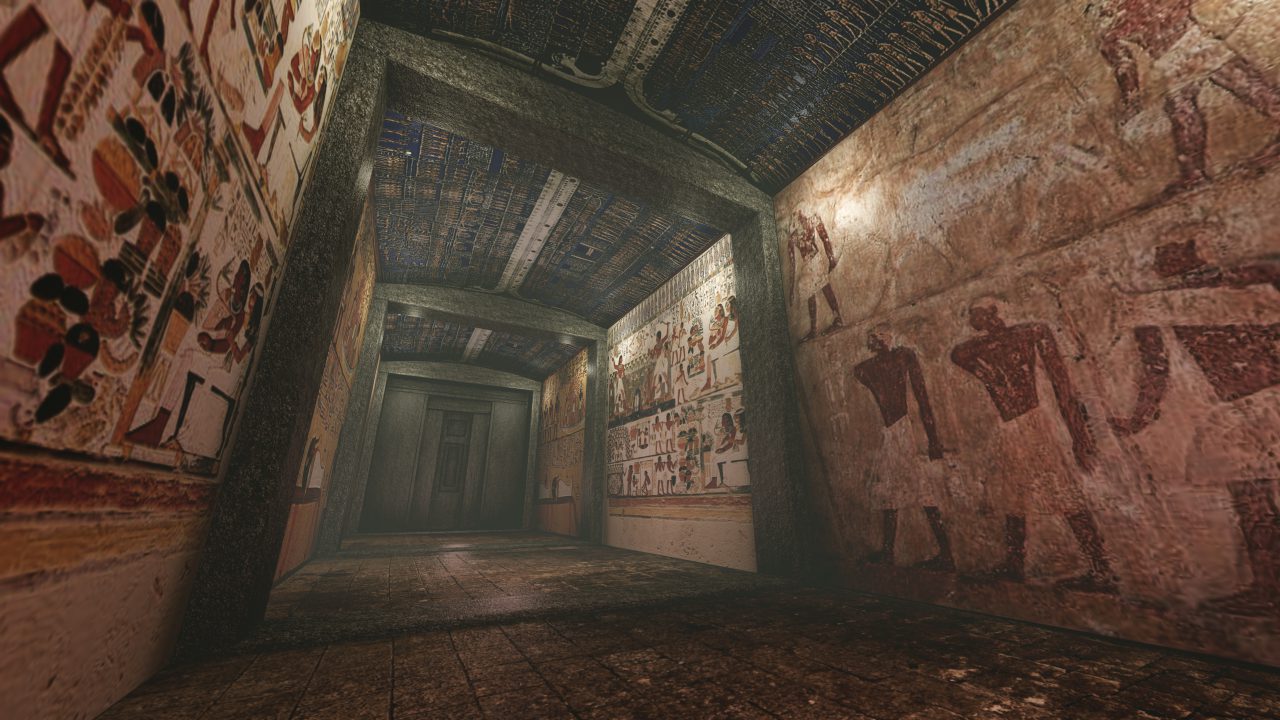Some years ago my wife Joan and her friend Susan set out on their epic pilgrimage to Compostela, starting at one of the ancient bivouac points, Le-Puy-en-Velay in the Haute-Loire. It was agreed that their husbands, both named John, would meet up with them after a week or so a couple of hundred kilometers to the west at a place known to all of us only as a name on a map: Figeac. Figeac turned out to be a fine old country town, but with so little happening of an evening that the only open eatery we could find was a pizzeria that might have been borrowed from a Jersey shopping mall, teen-agers and pinball machines included. It appeared that the last big event in Figeac may have occurred in December, 1790, with the birth of Jean-François Champollion. This I concluded from observing that most things in town, possibly including the pizzeria, were Champollion-this or Champollion-that. That set me reading, as so many things do.
Champollion, of course, was “the father of Egyptology,” the “man who solved the riddle of the hieroglyphs”. I once heard him described, less felicitously, as “the man who cracked the Rosetta stone.” (Actually, it was already broken like that long before his time.) What a great man! Anyone with a passing familiarity with France, whether it be the France of the fourteenth or the twenty-first century, is likely to develop a somewhat ironical view of the place. But say what you will, what other nation—in addition to producing at least 450 kinds of cheese—venerates a philologist as a great national hero? Champollion exemplifies the bountiful harvest of the Enlightenment and the brighter side of the French Revolution—both of which certainly do exist. A boy genius from a modest household in the sticks, Jean-François fell in love with language. No passion is more intense. I know, because I have a son pretty much like him. While still in the single digits he was mastering the canonical classical tongues—and some others. He was already infused with a generous and questing republican spirit, and his merit was recognized by others so inspired.
In 1798 Napoleon invaded Egypt. There was method in this madness, though it cannot concern us now. The campaign was a military disaster but a cultural bonanza. It ignited yet another European spasm of Egyptomania—they seem to occur every few centuries—including a kind of learned international phoneme race. The ability to read the formal ancient written language of the Egyptians, the hieroglyphs, had vanished from the earth in time immemorial. Everybody knew that serious progress in understanding the amazing culture exposed to view in the excavated temples and looted artifacts depended upon the decipherment of the hieroglyphs. Concerning the hieroglyphs many crackpots had had many crackpot theories over the centuries. Now whole battalions of crackpots rushed onto the field. But so also did the most brilliant linguists in Europe, including the imposing English polymath Thomas Young, and set themselves to the task in earnest. It was Jean-François Champollion, a nobody from Figeac, who got it right. He did so by calling upon his unparalleled erudition and by thinking outside the box.
In this instance the box was the general belief that the hieroglyphs were a repertory of pictorial symbols: bowl, wave, hawk, owl, kissy mouth, etc. Well, the hieroglyphs manifestly are that. But Champollion reckoned that if they were the elements of an actual language they could not be just that. They had to signify in such a fashion that they could be read aloud in significant phonetic combinations. That is, they were the letters of an alphabet. The line of Old English poetry in my first paragraph twice uses the obsolete English letter þ. That letter in ancient times was called a thorn(sharp-pointed woody projection), of which it was a “picture” of sorts. But when you see on the page a þ you do not think “rosebush,” and you do not say “thorn”. You recognize it as the graphic representation of a sound that in our English is represented by th. This was the great “secret” of the hieroglyphs. They may be cool pictures, but they are in the first place the letters of the ancient Egyptian alphabet. Like certain other brilliant intellectual breakthroughs, this one seemed so simple once some genius had made it. Champollion died far too young in 1832, but not before providing the human sciences with a tool of extraordinary power.









